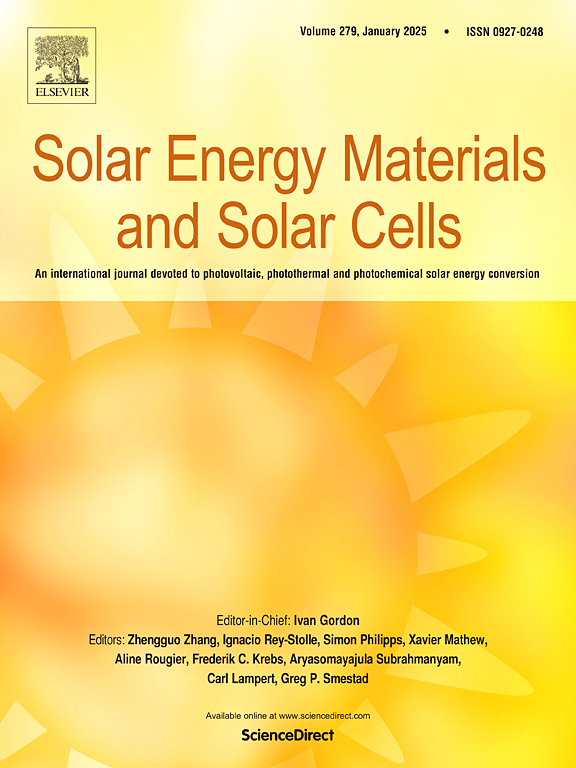Rheological study on xylitol crystallization for its use as phase change material: analytical and statistical analysis
IF 6.3
2区 材料科学
Q2 ENERGY & FUELS
引用次数: 0
Abstract
In a global context in which decarbonization of society is wanted through the use of renewable sources, energy storage plays a fundamental role. Among the different forms of energy storage that exists, this work focuses on latent heat energy storage (LHTES) for medium-low temperatures, between 70 °C and 120 °C. Xylitol, a sugar-alcohol, is a promising phase change material (PCM) due to its low cost, low corrosivity, high latent heat (240 J/g) and a melting temperature of 92 °C. However, its use as PCM is hindered by a high degree of supercooling and a low crystallization rate. To address these challenges, this work used a seeding and shearing technique to trigger crystallization. Rheological experiments were performed to monitor viscosity changes during crystallization, in order to study the crystallization induction time. The systematic analysis included the effects of temperature (70–90 °C), shear rate(1-100s−1), and seed crystal size (300–400 μm and 600–700 μm). Key results show that temperature is the most dominant factor. The shortest induction time at 70 °C was found at 10s, increasing to 1500s at 90 °C. Increasing seed size and reducing the rheometer gap also shortened induction times, while shear rate had minimal influence, likely due to non-uniform shear during the test. For practical applications, operating at 80 °C is recommended to balance induction time and energy loss due to supercooling. Optimizing shear-triggered mechanism, such as stirred tanks designs, can improve crystallization controllability.
木糖醇相变材料结晶的流变学研究:分析与统计分析
在通过使用可再生能源实现社会脱碳的全球背景下,能源储存起着至关重要的作用。在存在的不同形式的储能中,本工作侧重于中低温(70°C至120°C)的潜热储能(LHTES)。木糖醇是一种糖醇,具有成本低、腐蚀性低、潜热高(240 J/g)、熔融温度高达92℃等优点,是一种很有前途的相变材料。然而,它作为PCM的使用受到高度过冷和低结晶速率的阻碍。为了解决这些挑战,这项工作使用了播种和剪切技术来触发结晶。通过流变学实验监测结晶过程中的粘度变化,研究结晶诱导时间。系统分析了温度(70 ~ 90°C)、剪切速率(1 ~ 100 μ s−1)和晶种尺寸(300 ~ 400 μm和600 ~ 700 μm)的影响。关键结果表明,温度是最主要的影响因素。在70℃下,最短的诱导时间为10s,在90℃下增加到15s。增大种子尺寸和减小流变仪间隙也缩短了诱导时间,而剪切速率的影响最小,可能是由于试验过程中剪切不均匀。在实际应用中,建议在80°C下工作,以平衡感应时间和过冷造成的能量损失。优化剪切触发机制,如搅拌槽的设计,可以提高结晶的可控性。
本文章由计算机程序翻译,如有差异,请以英文原文为准。
求助全文
约1分钟内获得全文
求助全文
来源期刊

Solar Energy Materials and Solar Cells
工程技术-材料科学:综合
CiteScore
12.60
自引率
11.60%
发文量
513
审稿时长
47 days
期刊介绍:
Solar Energy Materials & Solar Cells is intended as a vehicle for the dissemination of research results on materials science and technology related to photovoltaic, photothermal and photoelectrochemical solar energy conversion. Materials science is taken in the broadest possible sense and encompasses physics, chemistry, optics, materials fabrication and analysis for all types of materials.
 求助内容:
求助内容: 应助结果提醒方式:
应助结果提醒方式:


